Thinking About an Avocado-a-Day Habit? Here’s What You *Really* Need to Know
I’ve been in the nutrition world for a long time, and I’ve seen countless food trends come and go. Remember when everything was low-fat? Or that weird cabbage soup thing? Yeah, most of them fizzle out. But the avocado? It just sticks around, and for very good reason.
In this article
- First Things First: What Are We Even Eating?
- Okay, But What Will I Actually Notice?
- Your Daily Avocado Game Plan: Pro Tips
- Getting Creative: More Than Just Guac and Toast
- Troubleshooting: Answering Your Avocado Worries
- Heads Up: Safety, Risks, and When to Be Cautious
- Final Thoughts and a Quick Challenge
- Inspirational Gallery with Photos
Still, I get questions about it all the time. People are intrigued but also a little nervous. The number one question is always, “So, what would actually happen if I ate an avocado every single day?” They’ve heard it’s healthy, but that high fat content makes them pause. Let’s be real, avocados aren’t exactly cheap, either. So, is a daily habit worth it?
My goal here is to cut through the noise. We’ll look at what’s actually inside this fruit and what it does in your body. This isn’t about crowning one single “superfood,” but about helping you make a smart choice for your own health and budget.
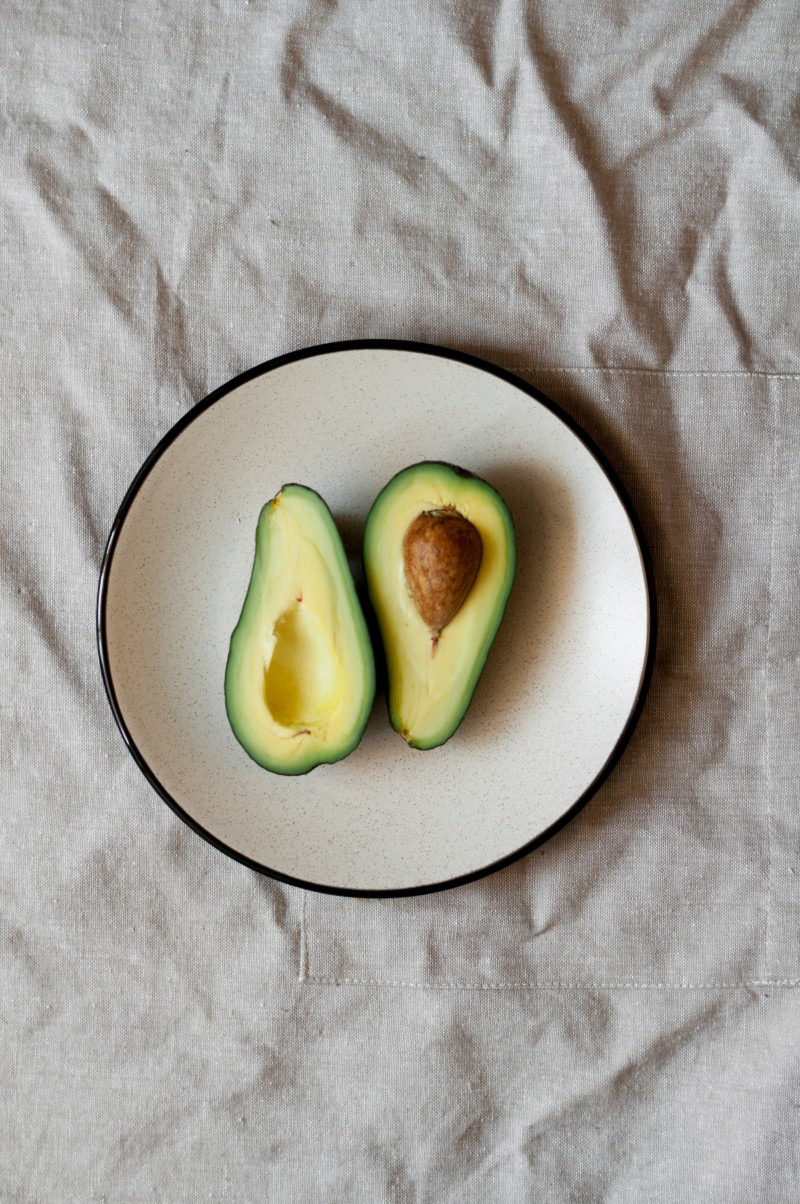
First Things First: What Are We Even Eating?
Before we get into the benefits, let’s break down what an avocado really is. The most common one you’ll see in stores is the Hass avocado. A medium one is about 7 ounces. Once you get rid of the big pit and the skin, you’re left with about 150 grams of the good stuff. And that little bit of fruit is a nutritional powerhouse.
Let’s Talk About the Fat
Okay, let’s tackle the elephant in the room. Yes, avocados are full of fat. A medium one has around 22 grams of it, which can sound scary. But here’s the crucial part: it’s the type of fat that matters.
The vast majority of fat in an avocado is monounsaturated fat, mainly something called oleic acid. This is the same healthy stuff you find in olive oil. Think of it this way: saturated and trans fats are like cheap, dirty fuel for your body’s engine, clogging things up and raising your “bad” (LDL) cholesterol. Monounsaturated fats are the premium, clean-burning fuel. They actually help lower that bad cholesterol while giving your “good” (HDL) cholesterol a boost. These fats are also essential for building healthy cells.
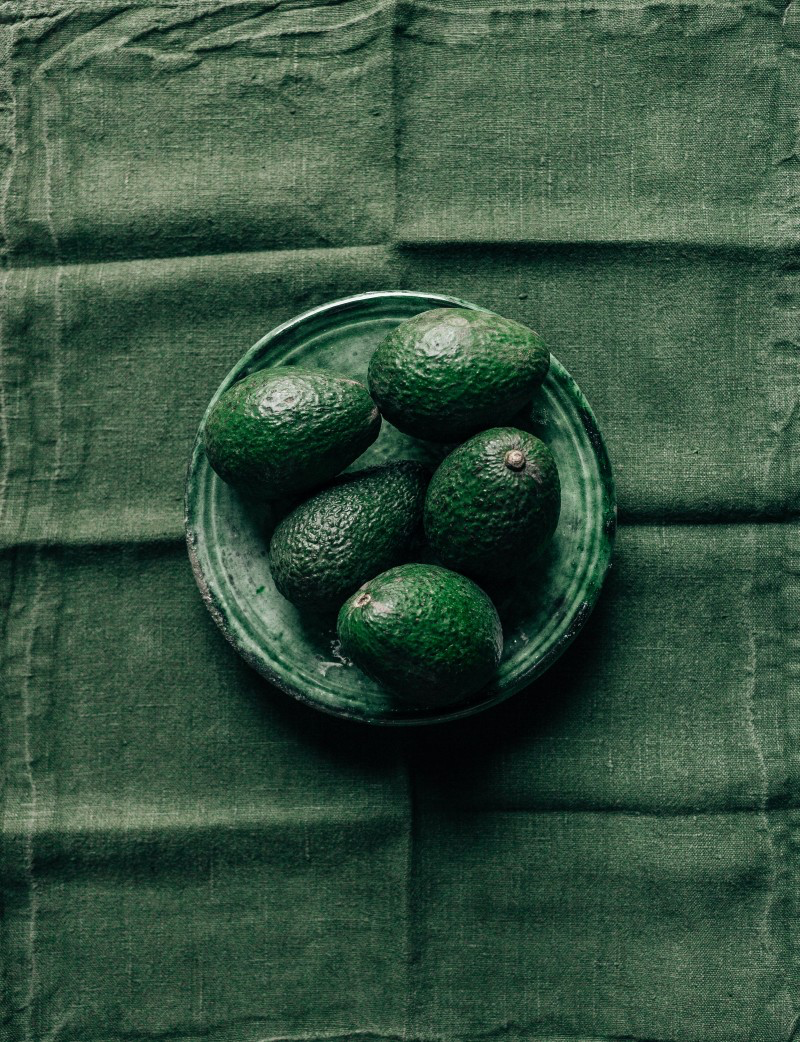
The Unsung Hero: Fiber
Honestly, the fiber content is one of the avocado’s most underrated features. A single avocado can pack nearly 14 grams of fiber, which is almost half of what most women need in a whole day! Since most of us are barely getting enough fiber, this is a huge win.
It’s got both kinds, too. The soluble fiber forms a gel in your stomach that slows digestion, making you feel full for way longer and preventing blood sugar spikes. The insoluble fiber, well, it keeps things moving and helps with regularity. It’s a one-two punch for great digestion and weight management.
Vitamins and Minerals Galore
Beyond the big stuff, avocados are loaded with micronutrients.
- Potassium: Fun fact—an avocado has more potassium than a big banana. This mineral is a champ at balancing your body’s fluids and, most importantly, helping to manage blood pressure by counteracting some of the effects of salt.
- Vitamin K: This one is vital for blood clotting and also plays a key role in bone health. It’s super important, but as we’ll discuss later, it’s something to be aware of if you’re on certain medications.
- Folate (B9): Absolutely critical for healthy cell function and DNA repair. It’s a non-negotiable for everyone.
- Vitamins C and E: These are powerful antioxidants that protect your cells from damage. The vitamin E in an avocado is especially effective because its absorption is boosted by all the healthy fats in the fruit. It’s a perfect built-in synergy.

Special Plant Compounds
Avocados also have unique compounds called carotenoids, like lutein and zeaxanthin. These little guys accumulate in your eyes and act like internal sunglasses, filtering out harmful blue light. What makes avocados so special is that their fat content means you absorb way more of these compounds than you would from a low-fat source like a leafy green on its own.
Okay, But What Will I Actually Notice?
So, what happens when you start eating avocados regularly? Based on what I’ve seen with clients and what solid research shows, here are the real-world effects.
A Happier Heart
This is probably the most well-documented benefit. The mix of monounsaturated fats and potassium is fantastic for your cardiovascular system. One client of mine, a guy in his late 50s with borderline high cholesterol, made a simple swap: he replaced the butter on his morning toast with a third of an avocado. Just that small change, along with a few others, brought his LDL cholesterol down by over 10% in three months. It wasn’t magic; it was just a smart substitution.
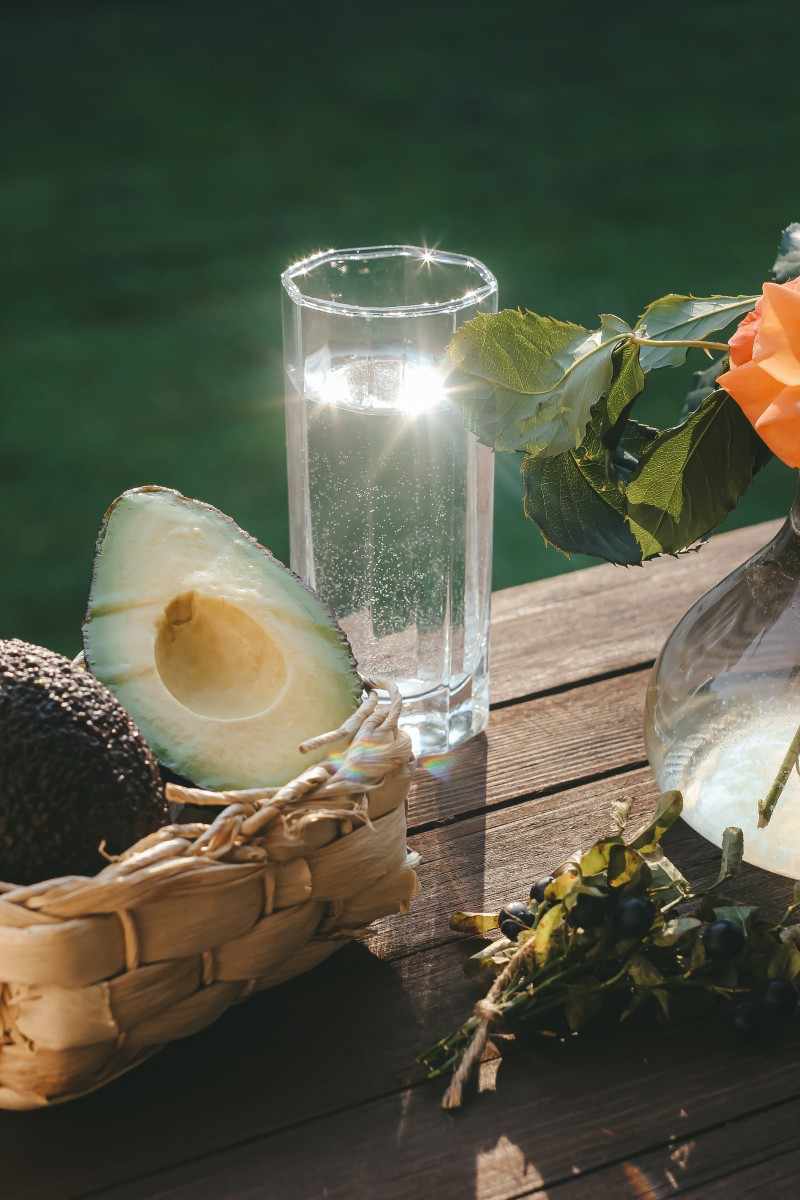
Weight Management and Feeling Full
Lots of people worry that a high-fat food will make them gain weight. But with avocados, it’s often the opposite—if you’re smart about it. The fat-and-fiber combo is incredibly satisfying.
A common mistake is just adding a whole avocado on top of your normal diet. At 250-300 calories, that will add up. The secret is substitution. Think about this: swapping just two tablespoons of mayonnaise on your sandwich, which can be 180 calories, for the same amount of mashed avocado saves you over 100 calories right there. The avocado version is only about 50 calories and keeps you full for hours. No more mid-afternoon snack attacks!
Better Digestion and Gut Health
This is often the first thing people notice. More fiber means more regularity. Simple as that. But deeper down, that fiber is also feeding the good bacteria in your gut. A happy gut microbiome is linked to everything from a stronger immune system to a better mood. People often report feeling less bloated and more energetic after just a couple of weeks.
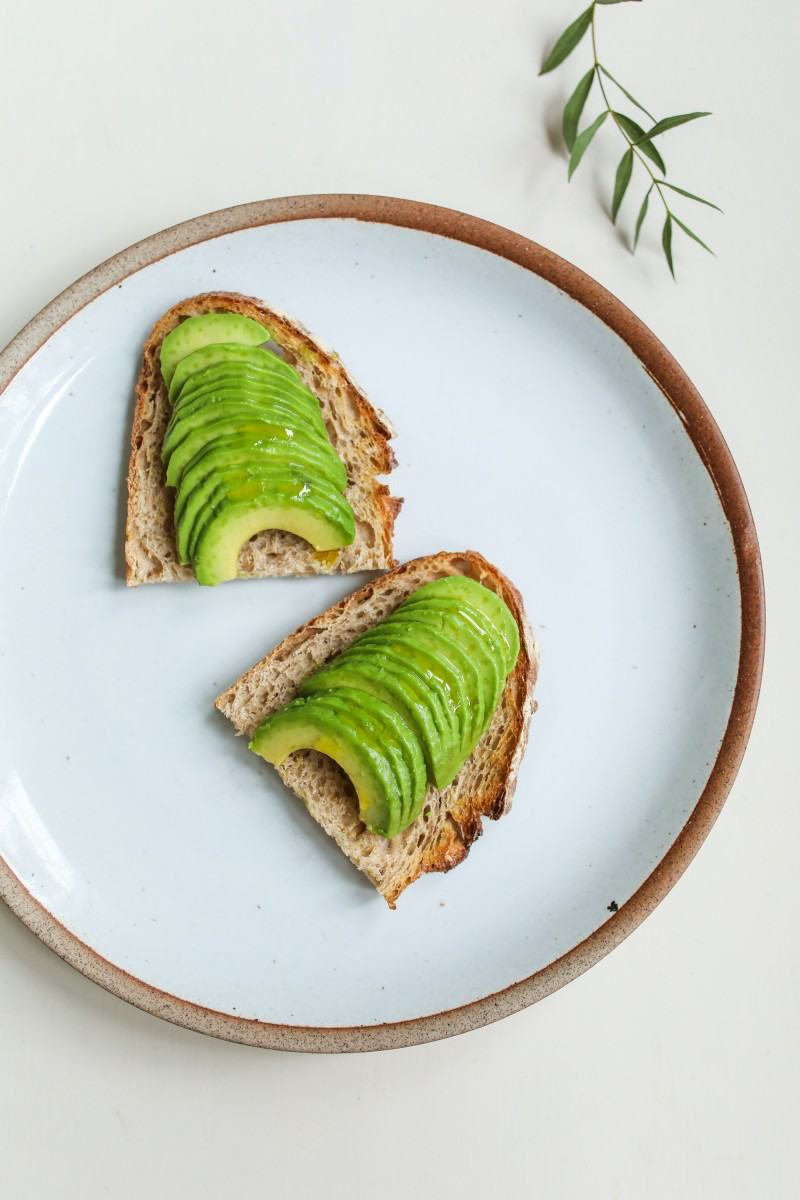
Your Daily Avocado Game Plan: Pro Tips
Knowing the benefits is one thing; actually making it happen without wasting money or getting frustrated is another. Here are the practical tips I share with everyone.
How to Pick a Perfect Avocado
Please, stop squeezing the avocado with your fingertips! It just bruises the fruit for the next person. Instead, cradle it in your palm and apply gentle, even pressure. It should yield just a little, like a perfectly ripe peach.
A great pro-tip is to buy them at different stages of ripeness. Grab one or two that are ready to eat (dark green, almost black, and slightly soft) for the next couple of days, and then grab a few more that are bright green and rock-hard. Those will ripen on your counter and be ready later in the week.
And here’s the best trick: try to flick off the little brown stem cap. If it pops off easily and it’s bright green underneath, you’ve got a winner. If it won’t budge, it needs more time. If it’s brown underneath, the avocado is likely overripe and stringy inside.
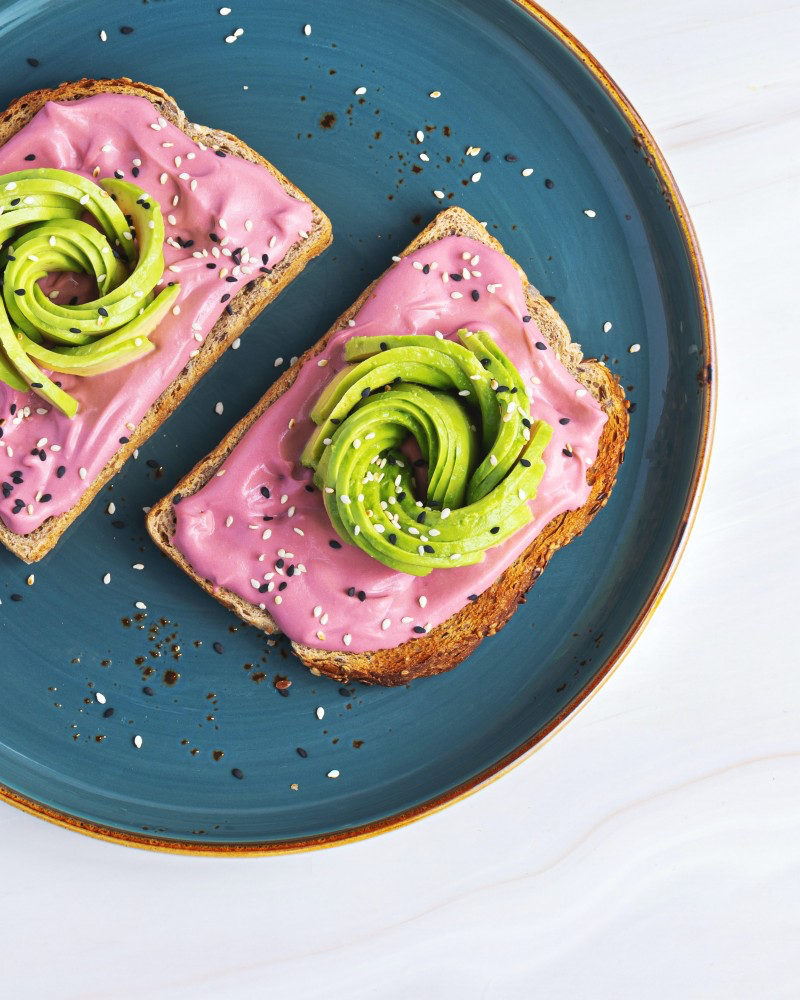
How to Ripen and Store Them
To speed up ripening for those hard, green avocados, just toss them in a paper bag on your counter. Want to go even faster? Add an apple or banana to the bag. The ethylene gas they release will have that avocado ready a day or two sooner.
Once it’s perfectly ripe, the refrigerator is your best friend. Popping it in the fridge can give you an extra three to five days before it goes mushy.
How to Cut an Avocado (Without Visiting the ER)
I’m not kidding, “avocado hand” is a real injury that emergency rooms see all the time. Never hold the avocado in your palm while whacking at the pit with a knife.
Here’s the safe way to do it:
- Place one half of the avocado on a cutting board, pit-side up.
- Firmly (but carefully!) tap the pit with the blade of a heavy knife so it lodges in.
- Simply twist the knife, and the pit will pop right out.
- To get the pit off the knife, don’t use your fingers! Just tap the handle on the edge of your compost bin, and it will fall off.
To keep the other half from browning, squeeze on some lemon or lime juice. The best method, though, is to press plastic wrap directly onto the cut surface, pushing out all the air. A lesser-known trick is to store it in an airtight container with a slice of onion—the sulfur compounds from the onion help prevent browning.
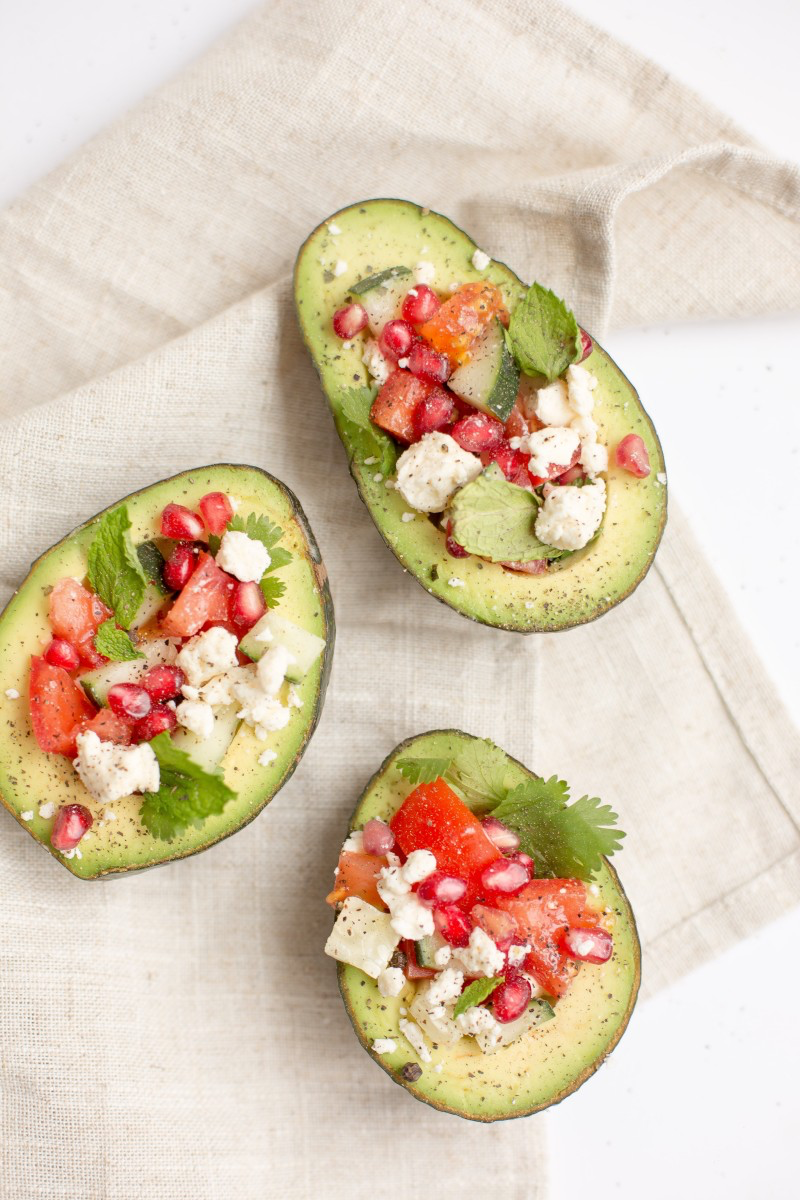
Getting Creative: More Than Just Guac and Toast
For a daily habit, you need variety. Good news: avocados are incredibly versatile.
- The Starter Smoothie: Afraid it will taste grassy? I promise it won’t. Try this: blend 1/2 avocado, 1/2 a frozen banana (for sweetness and creaminess), a big handful of spinach (you won’t taste it), and a cup of your favorite milk. It just makes the smoothie incredibly rich and creamy, with no weird flavor.
- Creamy Salad Dressing: Instead of a bottled dressing, blend avocado with lemon juice, a little water, salt, pepper, and some fresh herbs like dill or cilantro. It’s a fantastic, healthy alternative.
- Chocolate Mousse: This sounds bizarre, but it works! Blending avocado with cocoa powder, a sweetener like maple syrup, and a splash of vanilla creates a rich, decadent dessert that’s secretly packed with good fats.
Troubleshooting: Answering Your Avocado Worries
A couple of common issues can pop up. Let’s solve them.
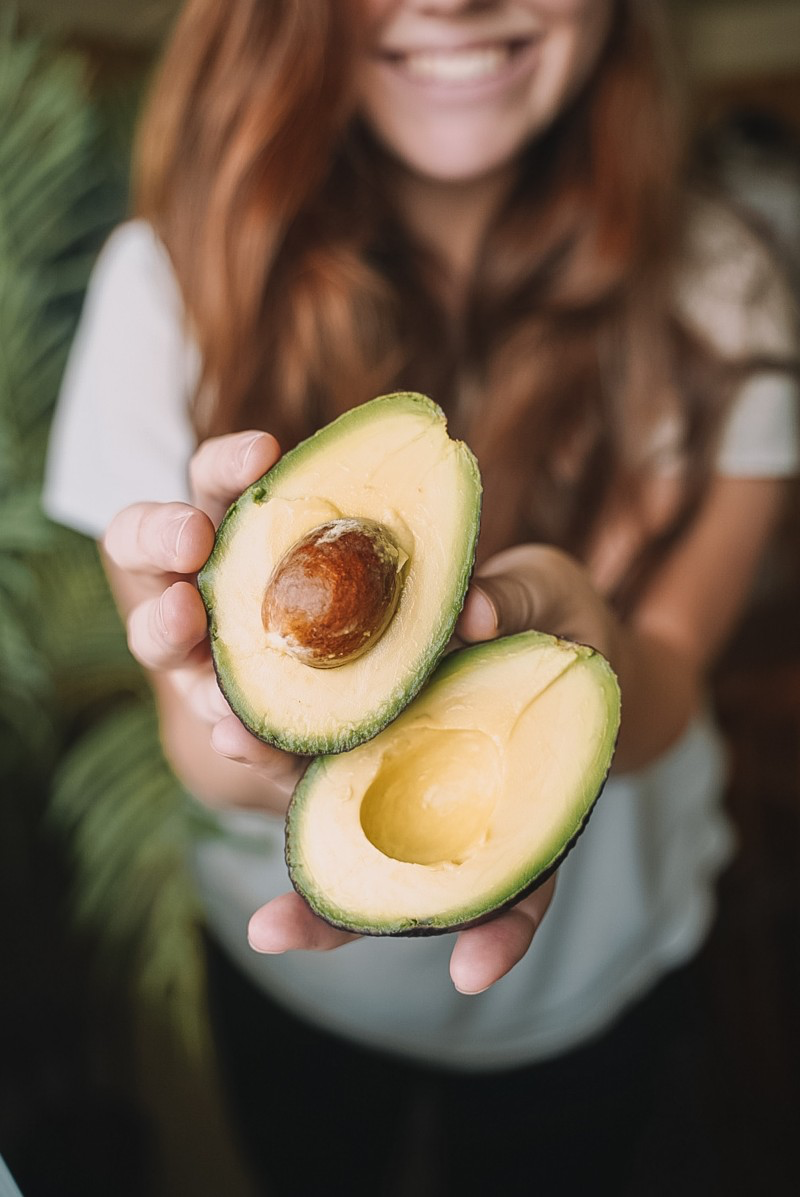
“Help, my avocado is stringy inside! Is it bad?”
Nope, it’s not bad, just not ideal. Stringiness can happen with avocados that were harvested from younger trees or stored improperly. It’s perfectly safe to eat, but the texture isn’t great for smooth guacamole. It’s better to slice or dice these ones for salads.
“It has some brown spots. Do I have to throw it out?”
Definitely not! Just like a banana or apple, a few brown spots are usually just signs of oxidation or a small bruise. As long as the rest of the flesh is green and smells fresh, just scoop out the brown bits and enjoy the rest.
Heads Up: Safety, Risks, and When to Be Cautious
A daily avocado is great for most people, but it’s not for everyone. This is where you need to be honest with yourself.
CRITICAL WARNING: Interaction with Blood Thinners
This is the most important one. Avocados are high in Vitamin K, which helps your blood clot. If you take a blood thinner like Warfarin (Coumadin), a sudden and consistent increase in Vitamin K can seriously interfere with your medication. You MUST talk to your doctor before starting a daily avocado habit so they can advise you on a safe amount or adjust your dosage.
Calorie Control is Key
I have to say it again: avocados are healthy, but they are not a “free” food. They are calorie-dense. A reasonable daily portion is about one-third to one-half of a medium avocado. If you eat a whole one every day without adjusting your diet elsewhere, you’ll likely gain weight.
Final Thoughts and a Quick Challenge
So, what’s the verdict? For most of us, eating avocado every day can be a fantastic move for your heart, digestion, and overall satisfaction with your meals. It’s a delicious way to load up on healthy fats, fiber, and nutrients.
But remember, it’s a piece of the puzzle, not the whole picture. The key is mindful eating—paying attention to portions and using it to replace less healthy options.
Your challenge this week: Just once, swap the butter or mayo on your usual sandwich or toast for 1/3 of a mashed avocado with a sprinkle of salt. That’s it. See how you feel. I’m willing to bet you stay full longer and don’t even miss the old stuff.
Inspirational Gallery with Photos
Is my avocado ready to eat?
It’s the eternal question. Forget squeezing the whole fruit, which causes bruising. Instead, gently press the top near the stem. If it yields slightly, it’s perfect for slicing. If it feels soft, it’s best for guacamole or smoothies. Still hard as a rock? Leave it on the counter for a day or two, perhaps next to a banana to speed up the ethylene gas-powered ripening process.
- Choose an avocado that’s dark green but not black.
- Check for any soft, bruised spots before buying.
- Store unripe avocados on the counter, not in the fridge.
- Once ripe, you can refrigerate it whole to prolong its life for 2-3 days.
The secret to perfect avocados every time is planning ahead.
An avocado has more potassium than a banana. A 100-gram serving of avocado contains 485 mg of potassium, compared to 358 mg in a banana.
Why does this matter? Potassium is a crucial electrolyte that helps regulate fluid balance, muscle contractions, and nerve signals. It plays a key role in managing blood pressure by lessening the effects of sodium. So, that avocado toast is doing more than just tasting good; it’s helping your body’s essential systems run smoothly.
Hass Avocado: The most popular variety, with its classic oval shape and bumpy, pebbly skin that darkens from green to purplish-black as it ripens. Its flavor is rich, nutty, and its texture is exceptionally creamy. Ideal for just about anything, especially guacamole.
Fuerte Avocado: Pear-shaped with smooth, thin, bright green skin that stays green even when ripe. Its flavor is milder, oilier, and slightly sweeter than a Hass. It holds its shape well, making it perfect for slicing into salads or sandwiches.
Don’t limit yourself to just the fruit! Avocado oil, like the kind from brands such as Chosen Foods or Primal Kitchen, is a fantastic kitchen staple. With a high smoke point (around 520°F or 271°C for refined versions), it’s incredibly versatile for high-heat cooking like searing and roasting, far surpassing the limits of olive oil. Its neutral flavor won’t overpower your dishes, making it a true all-rounder.
Don’t throw away a slightly brown avocado! That oxidization might not look pretty, but it’s usually harmless. Scrape off any dark spots. The rest is perfect for uses where aesthetics don’t matter. Mash it with a fork, add a squeeze of lime, salt, and pepper for a quick dip, or blend it into a green smoothie to add incredible creaminess and healthy fats. It’s a simple way to reduce food waste and save money.
- Makes smoothies unbelievably creamy without any dairy.
- Creates a rich, decadent texture in chocolate mousse.
- Gives salad dressings a silky, emulsified consistency.
The secret? Using avocado as a substitute for butter, cream, or yogurt. Its high content of healthy fats provides the richness you crave, making it a powerhouse for vegan or dairy-free cooking and baking.
The word “avocado” comes from the Nahuatl (Aztec) word “āhuacatl,” which also means “testicle,” likely a reference to its shape and tendency to grow in pairs.
The same healthy fats and vitamins that nourish your body from the inside can also work wonders on the outside. Avocados are rich in Vitamin E and antioxidants, making them a natural hydrator for your skin. For a quick, soothing face mask:
- Mash half a ripe avocado until smooth.
- Stir in one teaspoon of honey (a natural humectant).
- Apply to a clean face, avoiding the eyes.
- Relax for 15 minutes, then rinse with warm water.










